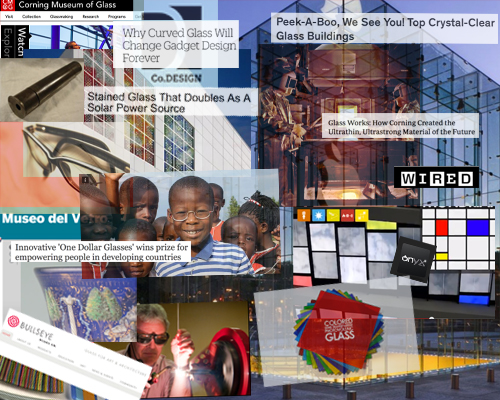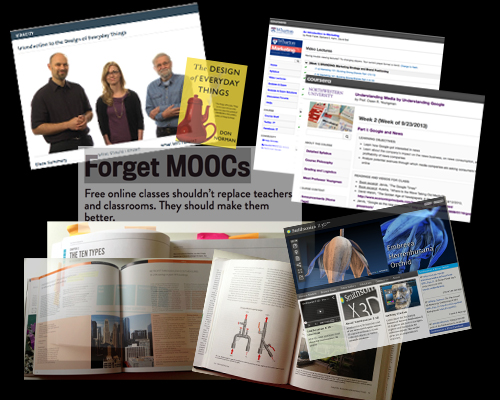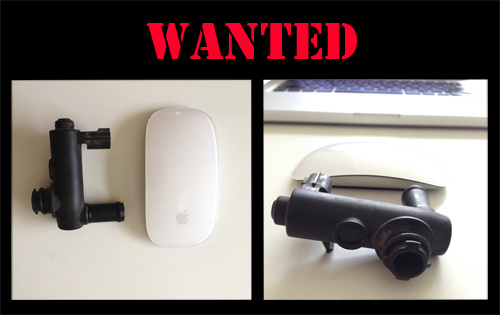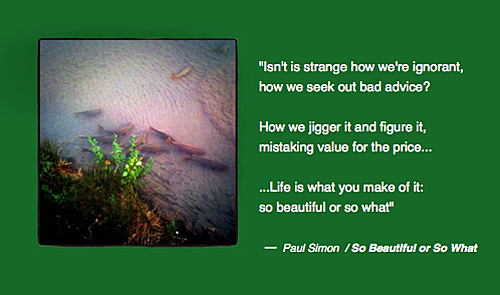| I stared at the small glass bottle in the exhibit case for quite a while. Somehow it had survived millennia. Taken out of the case at the Museo del Vetro—the Museum of Glass—on the Italian island of Murano, its specialness would have been obscured by an utterly unremarkable appearance. Spectacular glasswork is part of the Venetian sparkle, its seductive shimmer. Such a small plain bottle. Who made it? What did it hold? How had it managed to navigate the centuries intact? It was late winter and the tourist rush was still off in the distance, so I had the Museum mostly to myself. Murano, too, for that matter. I strolled narrow streets festooned with colorful laundry hung to dry overhead, nibbled on the most delicious cookies from a local bakery, listened to seabirds and felt the warmth the fast-approaching spring. It was easy to slip back in time—maybe not millennia, but certainly a few centuries into the past—to a time when even the plainest of glass jars was still something to treasure. In a pre-plastic world, glass provided secure, transparent storage. In Italy, of course, form and function are incomplete without beauty. The little bottle was a light translucent lavender. Last fall, I made a glass bowl of my own at a workshop given by Chicago’s Ignite Glass Studio (a particularly popular offering through the Chicago Ideas Week festival). Glass, it turns out, is neither a liquid or a solid, but an amorphous solid, which means it has properties of both. The basic recipe is simple—silica (sand), soda ash and lime—but it can be chemically manipulated in the most remarkable ways, adding color, thermal properties and resilience (the newest version of Corning’s Gorilla glass for smartphones and tablets can be bent without breaking). Glass can be molded in a kiln, “floated” on tin sheets to make windows, rolled, spun and even 3D printed. Blowing glass, though, has an almost alchemical magic to it. The glassblower literally breathes life into the form by providing a bubble of air and must keep the form alive by constantly spinning a heavy metal rod. What starts as an unpromising molten blob attached at one end slowly transforms into something delicate, translucent, ethereal. It takes brute strength and a delicate touch, neither of which I possess, but my master teacher deftly filled in the gaps. The video below is a demonstration from the Corning Glass Museum. Watch all the way through and you’ll be joining in with the videographer exclaiming early and often, “Wow!” My little bowl was nowhere near as elaborate, but still fills me with wonder. It turns out it doesn’t matter whether the glass is half-filled or half-empty. The point is there is a glass. GLASS AND TECH: FROM THE RENAISSANCE TO SILICON VALLEY No one material has been at the center of more disruptive innovation than glass. Edison’s lightbulb, the archetypal symbol of innovation, required a glassblower to blow the bulb. Centuries earlier, Galileo, who ground his own lenses, pointed his telescope toward the heavens, boldly looked where no one had looked so clearly before, and profoundly altered our view of the cosmos and our place in it. The Space Age had begun. Similarly, microscopes made the invisible visible, leading to new theories of disease and a much deeper understanding of how bodily systems worked. These tools of superhuman sight led to insights that changed the world. Eyeglasses, which date back as far as 13th century, did not bestow superhuman powers, but vastly improved countless lives by bringing the day-to-day into focus. Eight centuries later, a project to make affordable glasses in Africa just won a prestigious award from the Siemens Foundation for empowering technologies. A single eyeglass machine carted from village to village by a trained operator can churn out thousands of pairs at a cost of less than one dollar per to manufacture That’s not just life-changing, but potentially society-changing. Back to the 19th century, Edison’s lightbulb almost literally lit the way for a revolution in electronics that would define much of the 20th century. Vacuum tubes, which made radio, television and sound recording possible, also required glassblowers in their development. Even today, many university and corporate labs have a glassblowing studios on premises to fabricate equipment and components. The story of Steve Jobs’ discovery of a failed glass product developed by Corning in the early 1950s is the stuff of Silicon Valley legend. In a mind-boggling six weeks, the company manufactured enough of its super-tough Gorilla glass to launch Apple’s first iPhone, ushering in the era of the touchscreen. Tablets and smart phones are just the beginning. Thin bendable glass is the next gadget frontier: "…it also means an entire galaxy of new types of gadgets that haven’t even been conceived of yet. Imagine an in-car display that ripples and wraps itself across your dashboard, or some sort of super-charged Magic Eightball that is simply a sphere with a 360-degree display. These gadgets are still a ways off, but the likes of Corning, Apple, Samsung, and LG are skating to where the puck is going. In 20 years, you won’t be able to believe that the world of gadgets was once so boxy. —John Brownlee / Fast Company Design SKYLINES AND POWER PLAYS Modern cities glisten with glass. Buildings soar ever taller, reflecting the sun, the weather, each other. But there is much more to a building’s glass surface than an elegant shimmer. Glass can let in light, add color and provide thermal insulation. Now, with integrated solar panels, a building’s skin can also generate electricity. Imagine: a city full of elegant buildings that double as power plants. Let’s raise a glass to that. From ancient perfume bottles and stargazing telescopes to the lights of Broadway and a clean energy future, glass just seems to have a way of bringing out the best civilization has to offer. RELATED: • For the Files: Glass, Tech and Civilization bibliography |
|
0 Comments
|
BackgroundDot to Dot grew out of the TrackerNews Project, a demo news aggregator developed for InSTEDD, an independent spin-off of Google.org's humanitarian practice that focused on health issues, humanitarian response and technology. Archives
• Bats, Trees And Bureaucrats: Ebola And How Everything, Positively Everything, Connects • Scrubba Dub Carlos and the Big Bad Enterovirus: Why Sneeze When You Can Sing? • Ebola, Bats and Déjà Vu All Over Again • Scaling Good: Project Frog’s Buildings And The Kitchen Community’s Learning Gardens • Thumbs Up And High Fives: Evolution, Hands And 3D Printing • Legos, Makers, Molecules, Materials And The Very Big Business Of Small Things • Solid: When Bits and Atoms Dance • Science Hack Day Chicago 2014: Reinventing The Space Suit, Cosmic Biomicmicry And The Joy Of Thinking Different • The Motors of August Cicadas • Mulling Snow, Climate, Pain Points, Bootstrapping And Chicago’s Advantage • Glass, Tech And Civilization: The Material That Makes Just About Everything Better • A Tale Of Two Maps And Why You Can’t Teach An Old Grid New Tricks • When Bad Things Happen To Good Content: Form(At), Function, Perspective And Possibilities • The Sum Of Its Parts: Autozone Meet Autodesk (Please) / On Supply Chains, Carbon Footprints And How 3D Printing Can Change The Game (Again) • It Takes An Economist: Tallying Natural Capital • Beyond Measure: Da Vinci’s Genius, Peripheral Vision, The Prepared Mind, Metric Traps And Hacking The Filter Bubble A Solstice Encore: Imaginary Carl Sagan, A Holiday Mix Tape And The Tannahill Weavers Categories
All
|







 RSS Feed
RSS Feed







